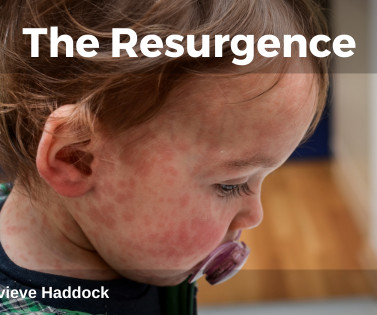EuSEM 2024 in review
St. Emlyn
DECEMBER 23, 2024
St.Emlyn's - Emergency Medicine #FOAMed David Purkarthofer reviews the highlights from the fantastic EuSEM conference held in Copenhagen earlier this year. #FOAMed @stemlyns The post EuSEM 2024 in review appeared first on St.Emlyn's.











































Let's personalize your content